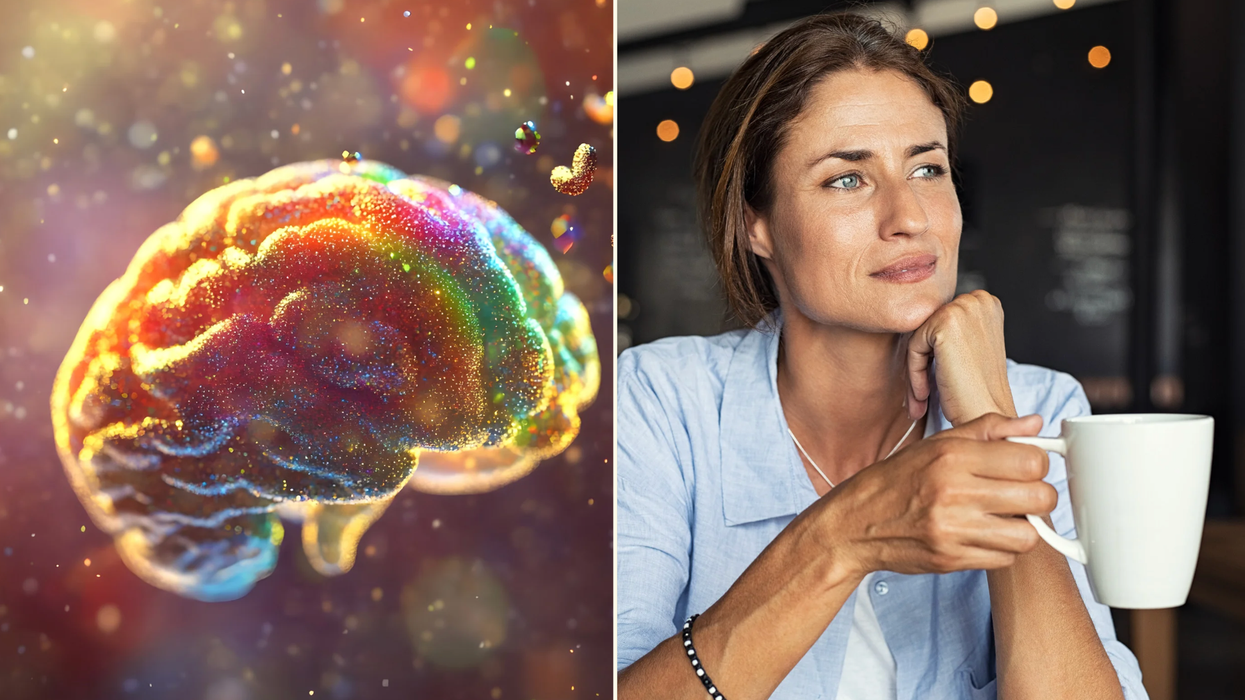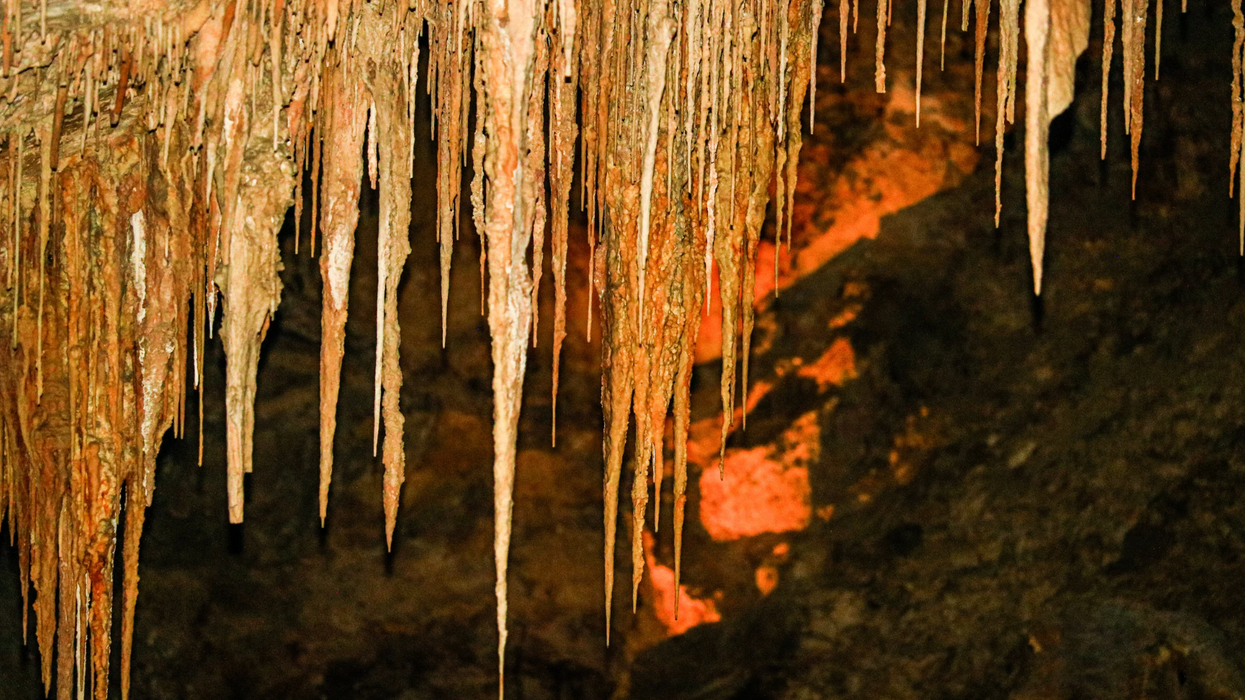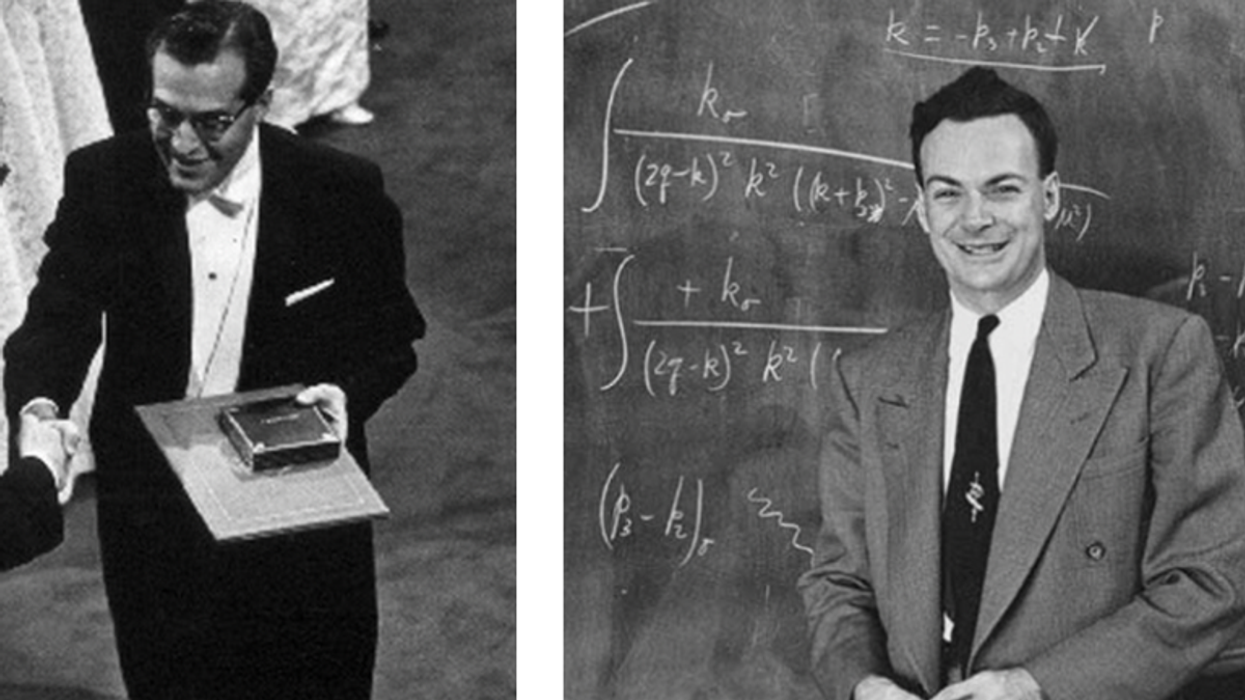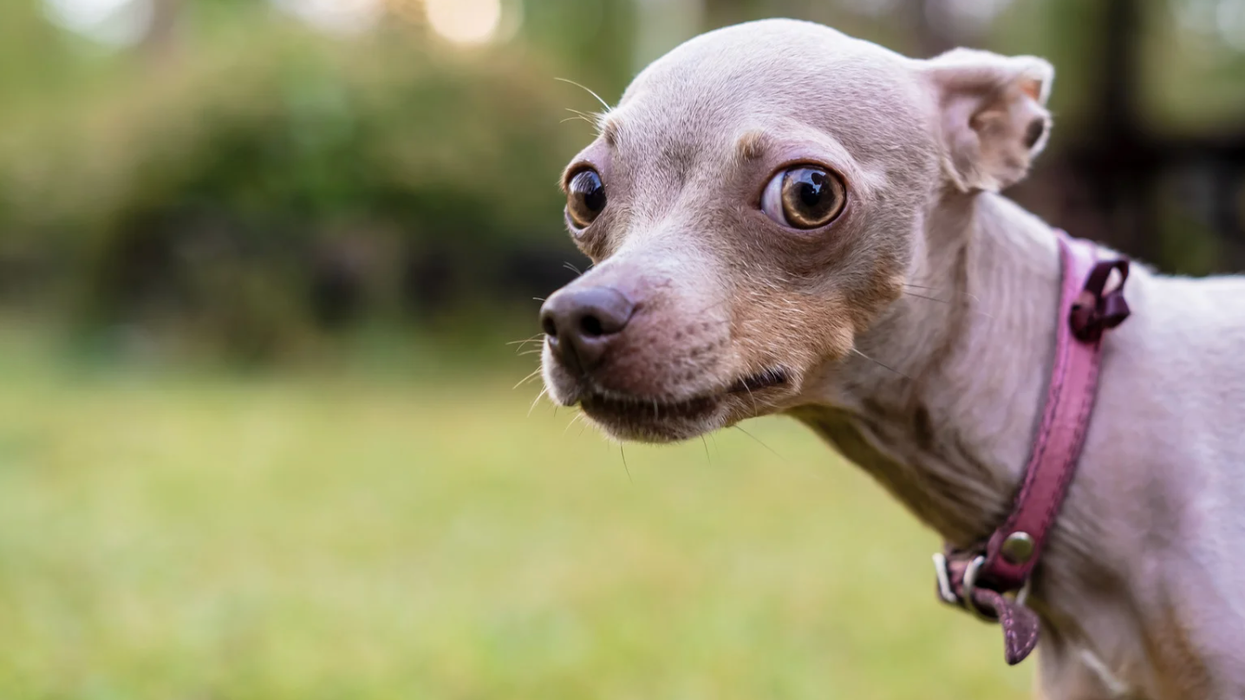This story has been sponsored by Kinsa, which believes that healthcare products in the home should always accomplish two things: reassure and comfort the user, and provide context and guidance about what to do next. Find out how they’re helping communities better track, treat, and stop the spread of illness through their Smart Thermometer.
When Inder Singh co-founded Kinsa back in 2012, he had one very ambitious goal in mind: to put an end to the spread of infectious diseases. It was an idea that came out of his work as executive vice president of the Clinton Foundation's Health Access Initiative (CHAI), an international nonprofit organization working to end malaria, HIV/AIDS, and other communicable illnesses. To this day, Singh clings to a pretty simple notion—“early detection, early response”—that is turning out to revolutionize the way the world handles everything from common colds to outbreaks of serious epidemics.
Kinsa’s patented Smart Thermometer does exactly what it sounds like it can do: The battery-free device plugs into smartphones and takes temperatures. But that's just the tip of the iceberg. Through the Kinsa app, this thermometer remembers illness details, offers real-time medical guidance based on age, fever, and symptoms, and can tell you which illnesses are circulating in your community so you can make a more informed diagnosis.
But it’s what Kinsa does with the (anonymous) information it collects through the thermometer and app that’s really smart: Kinsa is creating a health map that can warn communities of outbreaks in real time. GOOD sat down with Singh to hear more about how technology can streamline and modernize our health tracking system, so we can better direct vital resources to those in need.
It seems this plan you had to meld technology, innovation, data, and public health management was hatched during your time at CHAI. What gave you the idea?
I remember being at a major donor meeting—they were meeting with respect to curbing, preventing, stopping the spread of communicable illnesses—[and] hearing the numbers for malaria incidents in the world—who, what, when, why, how much. One group said there are X number of malaria cases in the world and here’s where they are, and another person stood up and said, “No, no I disagree, there are this many malaria cases in the world and here’s where they are.” And there was an order-of-magnitude difference between the two numbers.
And I thought, “Are you kidding me? You have no idea how many malaria cases there are in the world?” … I remember getting so frustrated with how bureaucratic and political the conversation was becoming, because the analytics were so far off. I pulled out my phone and I pulled out Google Maps to work out how to get to my next meeting, and I’m looking at my phone and listening to these guys allocate money, and I [wondered] how we have so much real-time data in our lives but we have almost zero health information about what’s happening around us. So I had this idea about using consumer technology to give us far greater insight into the epidemiology of disease—can we potentially crowdsource this data to help the system function better?
Where do you even start boiling down a big idea like that to something actionable?
Well this big, grandiose system problem boiled down to a very personal one for me … About a year [after that meeting] I actually fell very ill. I’d been travelling through about 35 developing countries regularly, so I used to get sick very frequently. But this time I was home in New York City, so I knew it was not this disease or that disease, not malaria, etc. The doctors gave me antibiotics, which failed. They gave me different antibiotics and those failed too. I had a really high temperature which didn’t [go down] and I panicked, and I did what any normal person would do in that situation and I went online!
You went on WebMD, just like the rest of us do?
Yes, I went on WebMD and used the symptom tracker and it gave me a list of possible diseases. A handful of them were lethal, and I thought that wasn’t helpful enough. So I went on social media, Facebook and Twitter, to see if anyone was reporting similar symptoms in my area, and I found nada … This “What’s going around?” question, I was thinking it would be great on a system level, [if we could know] what’s going around and what the numbers are.
So did that idea morph into Kinsa? What was your trajectory there?
Put yourself in a parent’s shoes. I can only imagine what it would feel like to have a small child that’s very sick and not know what’s wrong with them. If you only knew what was going around, whether it was strep throat versus the common cold, your reaction would be 1,000 percent different … So the idea behind Kinsa [is that] we’re trying to use common medical devices to communicate with someone who’s just fallen ill and help them respond. At the same time, we’re collecting data that allows us to map human health. By crowdsourcing this information and then feeding it back to the user in the first place, we’re actually helping them. It’s a virtuous cycle of information flow that helps you and the system—it’s really low-hanging fruit. We’re not diagnosing you; we’re giving you information that allows you to respond in real time.
So then it’s about giving you the information to diagnose yourself?
It’s about what the crowd is feeling—it’s social health. In the United States we don’t think about population health as much as people outside the U.S. … In the U.S., we think about “How do I diagnose you?” Unfortunately, we’ve lost the idea that health is social; contagious illness is acutely social. If you know that there are 400 people in your dorm that are ill, you’re going to care, right?
So then you met entrepreneur Edo Segal, and Kinsa’s Smart Thermometer was born?
Edo is this “mad scientist” kind of guy [who] comes up with thousands of product ideas and brings a couple of them to life … We had this idea and we brought in some other people and built this business model around it. The brilliant part is—well, we’re looking for early indicators of illness, and fever is an early indicator, right? We’re piggybacking on a particular behavior in the world—that the first thing a parent does when they want to confirm illness is to pick up a thermometer. We’re catching people at that moment of need when they’re concerned but not sure what it is … the “just fallen ill.” The question was never “How do we build a thermometer?” It was always about how we turn that device into a communication platform.
What’s the purpose of all that collected information? How do you believe it will help?
We’re collecting information that helps us understand population health … It answers the questions the consumer wants first. You never knew you could ask your thermometer, “How do I get better? Should I go to the doctor now?” This is the information you actually care about. By creating this app-enabled device, we can start answering those questions. Especially [with children], you need basic medical guidance that you can get easily, and on our side we’re collecting fever data, symptomatic data, information about the treatment you’re seeking … We’re creating a map of human health.
You have big aspirations for this thermometer then, to take it global?
I’ve worked in over 30 developing countries in my work with CHAI, so my personal aspirations for this are definitely global. But you have to do something well first before you apply the willingness and ability to expand, so we’re getting it right in the U.S. [and Canada] first. We’ll move into Western Europe next year, then broader Europe [and] Asia, and we’ll move to [other] countries after that … If you expand too fast, the company dies. So it’s a slow growth. We have to make sure you move at the right rate—basic rules for startups.
Your history pre-CHAI was actually startups, but also in initiatives that uplifted communities. What defines your drive to do all this?
In college, I started a very small community service organization … and it was perhaps the greatest satisfaction I’d ever felt. I remember seeing the looks on the faces of those kids and their parents to this day … Knowing that my team and I had had that kind of impact on people was awesome. And I thought, “How do I do that again?” … I went out to Silicon Valley to learn how to build organizations that really have an impact on people ... I always remember that quote “Never doubt that a small group of committed people can change the world; indeed, it’s the only thing that ever has.” I really believe in that.
















 Otis knew before they did.
Otis knew before they did.